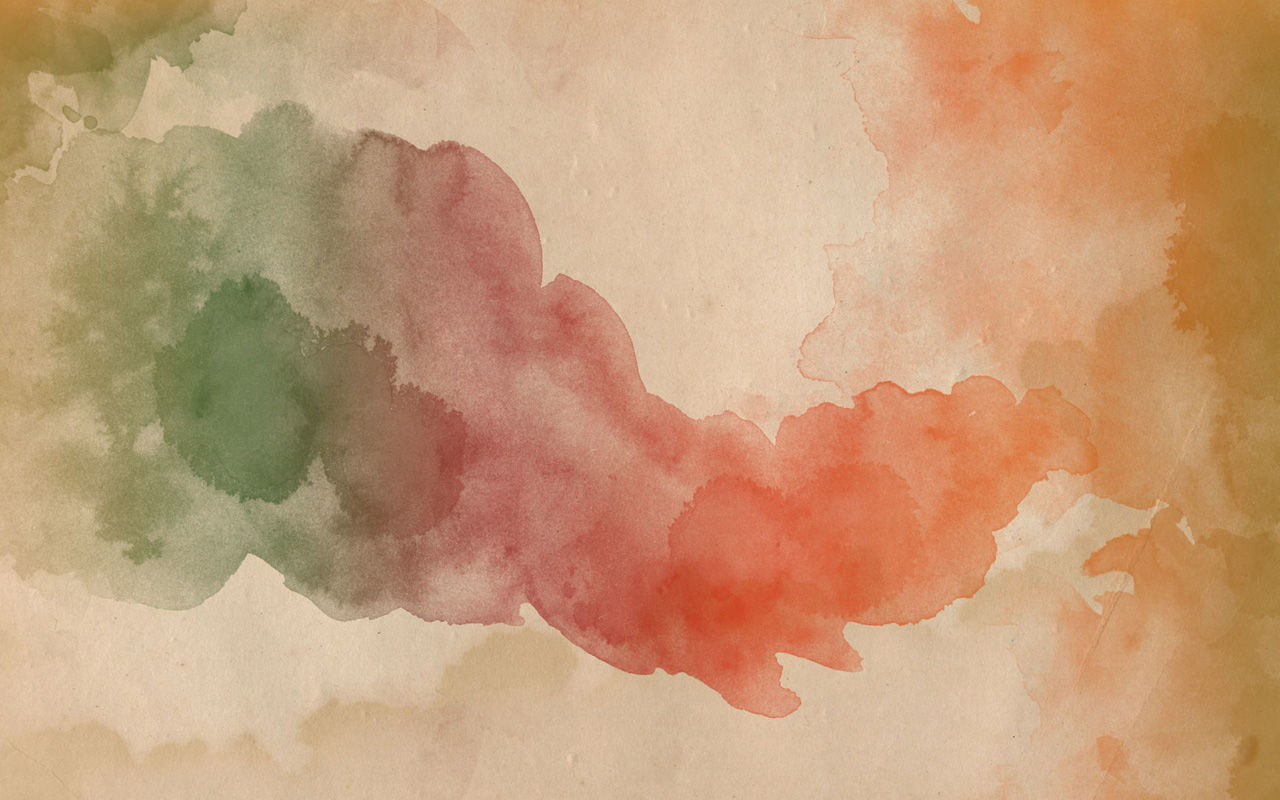Male Breast Cancer
- Nathaniel Geyer

- Feb 8, 2024
- 3 min read
Updated: May 20, 2024
by Nathaniel Geyer, DrPH, CPH, GISP
Male Breast Cancer is an understudied public health disorder that the CDC (Centers for Disease Control and Prevention) estimates that about 1 out of every 100 breast cancers diagnosed in the United States is found in a man. The risk factors are age 50+, genetic mutations, family cancer history, radiation therapy, hormone therapy, Klinefelter syndrome, liver disease, disorders in the testicles, and being overweight or obese. Treatment may include surgery, chemotherapy, radiation therapy, hormone therapy, and targeted therapy.
The American Society of Clinical Oncology found that in 2023, an estimated 2,800 men in the United States will be diagnosed with breast cancer. Black men have the highest incidence rates of breast cancer (2.7 out of every 100,000 men), followed by White men (1.9 out of every 100,000 men). Black men with breast cancer typically have a lower chance of recovery. It is estimated that 530 men will die from this disease in the United States in 2023.
The challenge with mammograms is that men have less breast tissue than women, with fewer ducts and lobules, mammograms for men and women are much the same. If there’s a small amount of breast tissue, it’s sometimes not a great fit with the imaging device. For the best image, and to reduce the risk of having to come back for a second mammogram, do not wear deodorant, powders, lotions or scents on the day of your mammogram. They can appear as an abnormality on the image.
The most common symptom of breast cancer in men is a lump or a mass in the breast. Often this turns out to be gynecomastia, or a concentration of male breast tissue that can be felt through the skin. Other symptoms of male breast cancer include nipple discharge, nipple pain and changes in the look or feel of the skin on the breast. That can include redness, an orange-peel appearance, change in color, dimpling or puckering.
To date, the American Cancer Society and the National Comprehensive Cancer Network recommends that an annual mammogram for males at birth are limited to people with both: gynecomastia and either a high risk of breast cancer due to having a family member with breast cancer or having a BRCA 1 or BRCA 2 mutation. Annual mammograms may start when you are 10 years before the age of cancer diagnosis in your relative (i.e., if they were diagnosed at 65, your yearly mammograms would begin at 55) or age 50, whichever comes first. The challenge with these guidelines in my opinion is that it increases the chances of late diagnoses amongst people with the other key risk factors of male breast cancer.
If you're a transgender man, you are still at risk of getting breast cancer. If you haven't had gender-affirming surgery on your chest, talk with your doctor or other health care professional about breast cancer screening. In general, follow the screening guidelines for people assigned female at birth. If you've had gender-affirming surgery to your chest, breast cancer is still possible, though it's rare. Often a small amount of breast tissue remains after surgery.
Ideally, survival for men with breast cancer is like that for women with breast cancer when their stage at diagnosis is the same. Breast cancer in men, however, is often diagnosed at a later stage, so it is less likely to be cured.



Comments